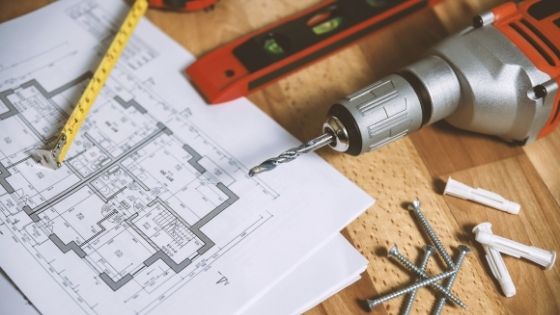Industrial drilling processes can easily stall if you don’t have the right drill bit. This high-friction point of contact can wear down or damage your work materials without careful consideration, so use these tips to find the right bit for your specific application. From carbide mining bits to woodworking alternatives, Kennametal has the bit selection you need for your industry.

Compare Drill Bit Materials and Coatings
Start by considering the best material for your process. Here are some common types of bits to choose from:
- Carbide drill bits
- High-speed steel drill bits
- Black oxide coated drill bits
- Titanium nitride coated drill bits
- Titanium aluminum nitride coated drill bits
You can shop for bits based on your industry or your chosen material. For example, at Kennametal we have our catalog organized by mining, metalworking and other industries, but you can also search for every carbide drill bit design. Every material offers a different level of sharpness, hardness, heat resistance and wear resistance, so the best option will vary depending on your process.
Find the Optimal Drill Bit Geometry
Once you’ve determined the best material and coating, it’s time to compare point designs. While there are some restrictions on the size and geometry of your drill bits, you have a lot of flexibility to create a custom cutting edge. Here are features that you can customize:
- Point angle
- Length
- Twist drill bits
- Step drill bits
- Spade drill bit
Similar to the material, the geometry is best decided after reviewing your workpiece material. For example, a metal drill bit usually uses a guide point and core bit, while a wood bit typically uses sharp teeth at the end.
The cooling techniques for drill bits also vary. Some bits include coolant ports to allow for high-speed drilling without overheating. Others require slower RPMs or other strategies to maintain lower operating temperatures.
Consider Insert Bits vs. Solid Bits
Industrial drill bits come in insert and solid options. An insert bit creates an indexable tool by making the cutting edges removable and replaceable. This type of tool requires more of an upfront investment but can be easier and more affordable to remove and replace.
Solid bits are more affordable, but you’ll need to sharpen your drill bit or replace the entire component once it becomes worn out. Both options can take more time or investment than replacing insert bits.
Speed Charts Help Prevent Damage
The optimal drill bit material and style still needs to operate at the optimal speed. Running a drill bit too fast or too slow can create poor material results and can damage the bit.
Start with a drill speed calculator to help determine the speed of your process. Review the optimal speed and consider ways to reach those levels by altering the material feed, bit speed or choosing a larger diameter bit.
Explore the Full Bit Catalog at Kennametal
Take the next step in optimal drilling by finding the right bit for your application. Compare components based on their cost, material, diameter and geometry to discover the best option for your facility. Work with Kennametal to receive professional recommendations and competitive rates on bits.
